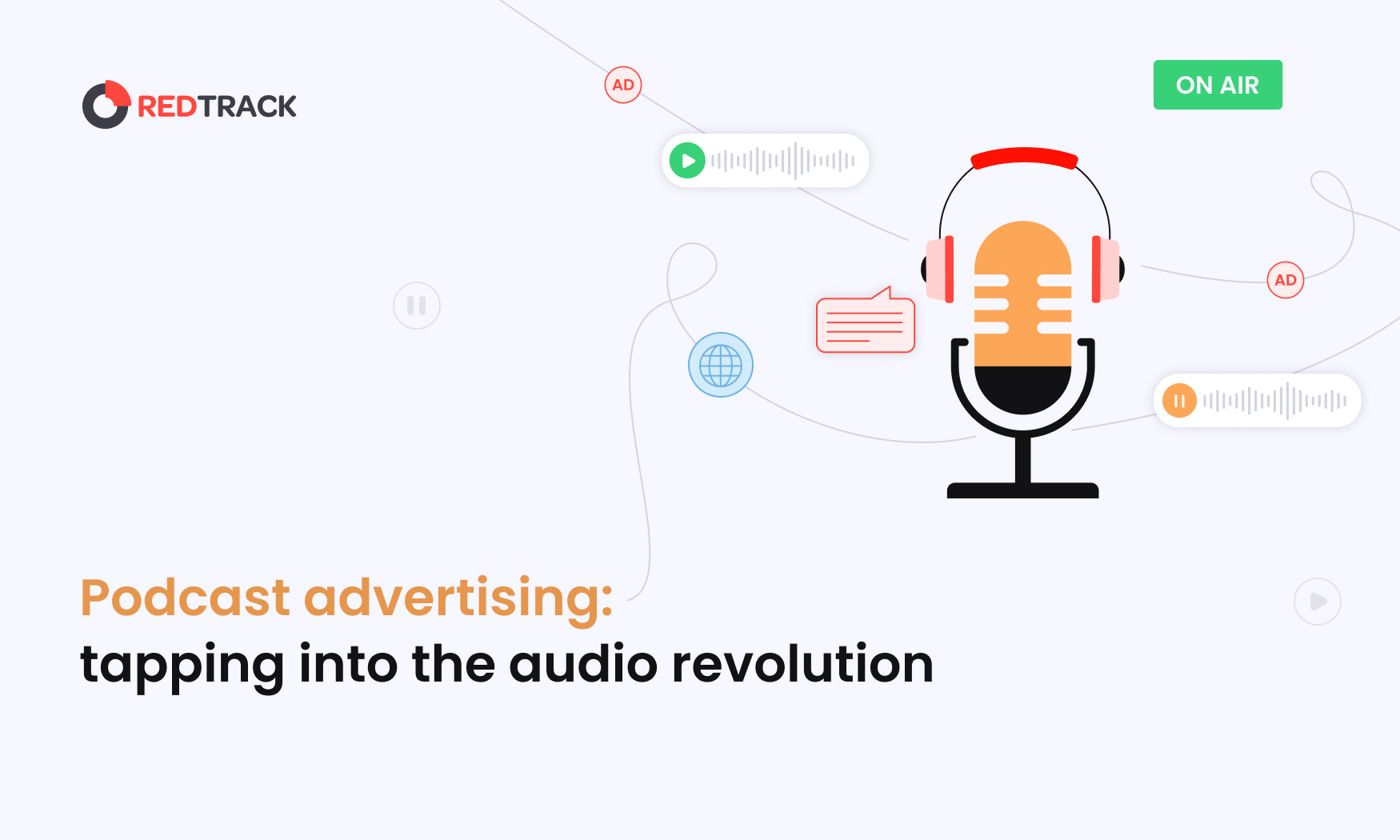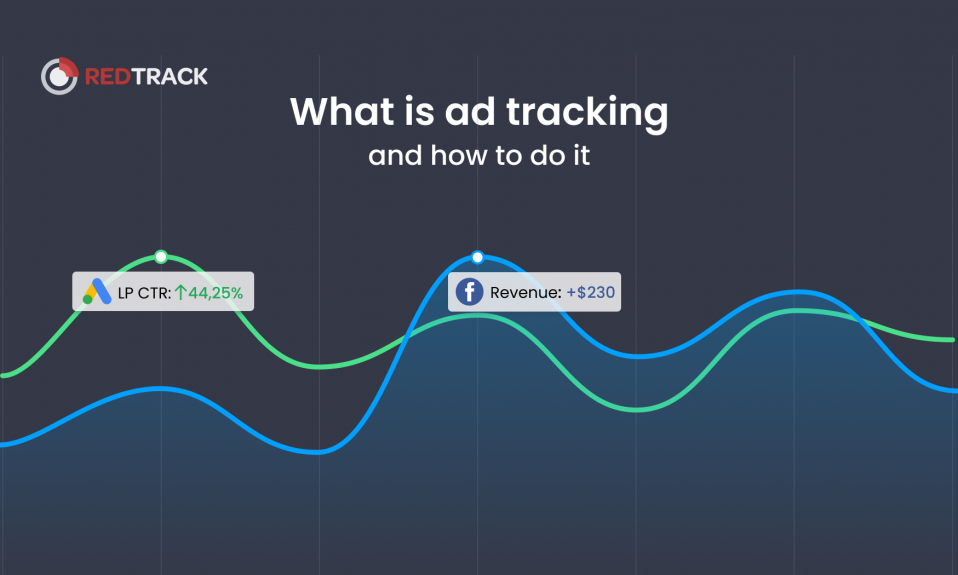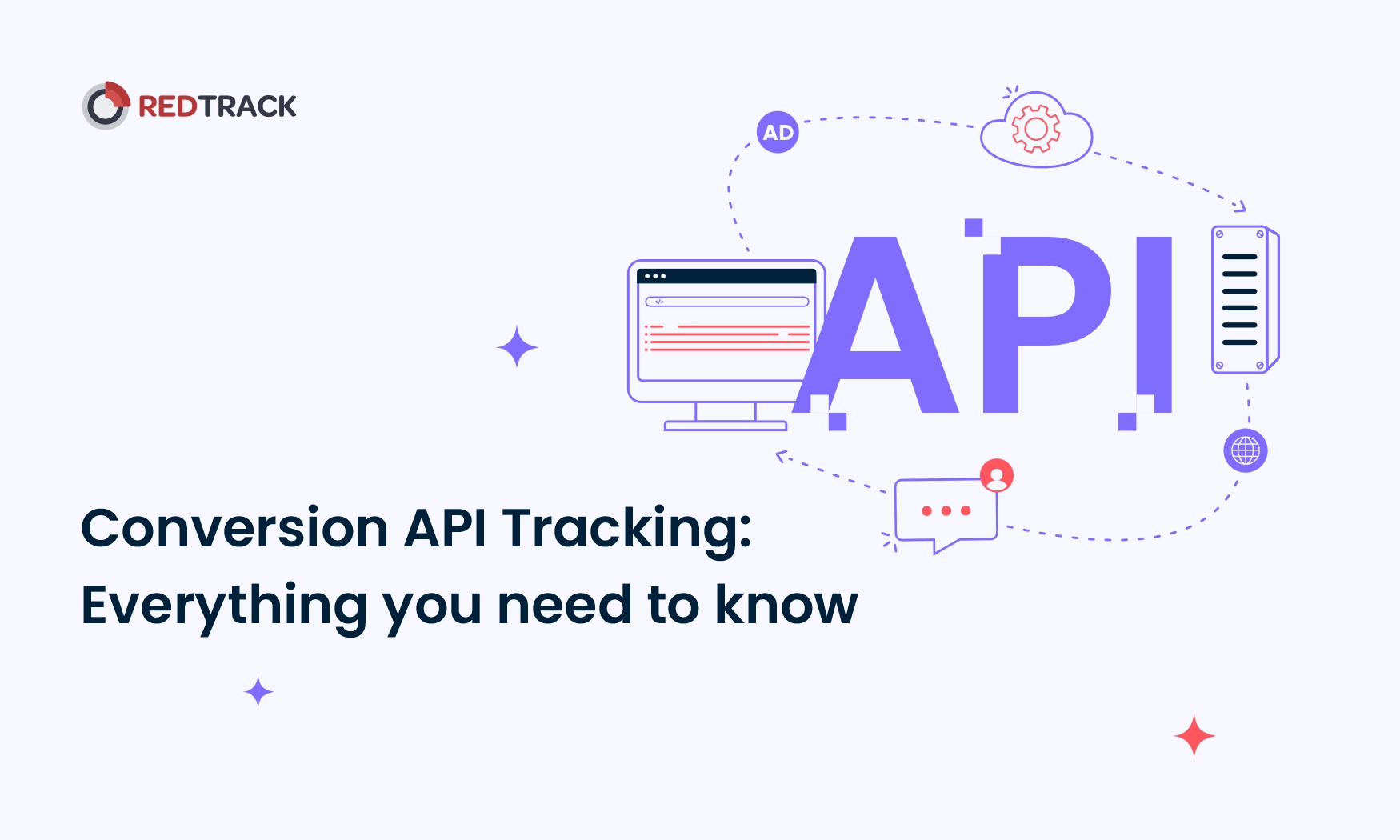
Video marketing isn’t anything new; however, the methods of how we build our strategies will continuously change. Thanks to the popularity of social media and marketing teams, they are turning their attention to video marketing to increase their overall engagement rates on social media channels.
Nevertheless, most businesses focus heavily on video marketing rather than promoting traditional content on social media. So, what exactly are the most effective methods for increasing your social media audience?
Well, let’s not wait any further because, in this article, we will find out how we can use video marketing strategies to increase our social media audience.
Let’s dive right in!
Define your goals
At the beginning of anything you do or create, you need to define your goals. What do you want to accomplish with your videos? Which position in the marketing funnel will your videos fall into?
If you’re a beginner, we recommend creating some goals, so you don’t feel overloaded. For example, some of your goals can be to increase your social media presence, brand awareness, customer retention rate, and much more.
Some brands will use video marketing to set up their online ads, especially social media. However, some will have a habit of creating videos on social media for content purposes.
After defining your video marketing goals, identify the five marketing funnel stages and see which stage your video content strategy will fall into. The five stages of the marketing funnel are:
- The awareness stage
- The consideration stage
- The conversion stage
- The loyalty stage
- The advocacy stage
You may be wondering how this affects your video content? Knowing which stage in the market funnel you are at will allow you to identify better which type of Call to Action you can place in your video content.
Define which social platforms you are going to use
Every social media platform has its own ways, and each channel has its own way of promoting video content. For instance, Instagram will allow you to create reels, while Facebook will offer you several types of videos. YouTube and TikTok rely on one format, so they aren’t for communicating much but for watching and promoting video content.
If you’ve never used any video platforms, it’s best to use the one you already have an audience in, then slowly build up your audience on any other social platform you wish to use. For example, suppose you have a YouTube channel and are considering switching to TikTok. In that case, it’s better to continue to focus on your YouTube channel and simultaneously create a TikTok account that you can redirect your audience to from your YouTube channel.
For instance, we can take RedTrack’s YouTube channel as a perfect example. They post content each week or two weeks and build an engaging audience on YouTube. Nevertheless, you can do the same and try to include a link at the end of the video to your Instagram profile, Facebook page, or any other social media channel you are thinking of promoting.
According to a study by Hubspot, YouTube and Facebook had the highest rate of watched videos, with over 20% of respondents claiming they watch videos the most on these two platforms. While TikTok fell third in the rankings, at 15%.
Identify which type of videos you want to create
Even though it’s video content, every video serves its own purpose. So before you start to make videos, you will need to know what type of video you’re looking for. Here are the most popular types of videos:
- Demo videos: Show how your product works, taking viewers on a software or product tour and putting your product to the test.
- Brand videos: Usually created with a large advertising campaign showing another company’s vision, mission, product and service.
- Event videos: Business conferences, fundraisers, or any other event.
- Instructional videos: Served for educational purposes. It can be an online class, “How-to,” and more.
- Interviews: This can be user-generated content and holding interviews with your clients, a celebrity, or anyone in your team.
- Live videos: Usually popular on TikTok and YouTube. Live videos are an excellent way to direct contact with your audience.
- Promotional videos: These types of videos include promoting your product or service. This may include explaining how to use your product or using it in exciting case scenarios that urge customers to buy it.
Use transcription services
No matter what you do, you must use transcription services in your videos. Why so? A study shows more than 90% of people watch videos without sound. Maybe they are at a concert, in a public area, or in class, and it isn’t always possible for them to watch your videos with sound. Thus, it’s important to offer transcription services. There is software you can use to transcribe your videos.
For example, Happy Scribe’s transcription software offers up to 99% accuracy in its transcription services. In addition, it will transcribe your videos in many languages.
Plan out your content production
Planning out your dates of when and what you’ll post will save you time and money. You need to plan out how your videos will be filmed and created.
Nevertheless, you can do this manually or hire a production company or agency to do the work for you. You don’t have to do anything except guide them.
However, if you’re planning on doing everything on your own, here are a few features you can focus on but are not limited to:
- Identifying what your video will be about
- Writing a script
- Editing a script
- Gathering the right people for your videos
- Identify each of the topics you’ll talk about. Alternatively, if you are a travel channel, you can plan out the places you’ll be going to
- Planning out how you’ll edit the video
- If more than one person is in the video, plan which part each person will take the scene.
- Ensuring you are not violating copyright laws
Optimize your videos
When we say optimize your videos, we mean to know how long your videos will be on each social platform. So, for example, if you post videos on Instagram, it can be no longer than 10 minutes, and on TikTok, it can’t be longer than three minutes.
However, on Facebook and YouTube, it’s a whole different story. So, if you post a 15-minute-long video on YouTube and want to share it on Instagram, you will need to reduce the length to three minutes. Thus, you can try using Instagram for posting your video highlights and then redirect your audience to watch your whole video on YouTube.
Note: Give this supplementary article a read if you want to learn more about how to build your Instagram following!
Include CTAs
No matter what you do, how good your video is, or anything else, if you don’t include a CTA at the end, you aren’t encouraging your viewers to learn more about your product or service.
Try including the CTA at the end or beginning of your video or telling your viewers to check the video description to learn more about your product and service. Where you include your CTA will depend all on how your video content will be.
The greatest CTAs are those that are included with excellent video content. Try to build your content up to your CTA, and leave some curiosity at the end of your video, so users will be encouraged to click on your CTA to learn more.
Take feedback and analyze results
Last but not least, we have the last step, taking feedback and analyzing your end results. You won’t ever know how a video performs until you look at its metrics. Key metrics include the watch times, total views, likes, comments, and shares. However, each social media platform has different metrics, so you must see what works.
Nevertheless, use comments as a method of feedback. While talking in your video, leave some time, in the end, to ask users what you could do better for them. After all, you always want to put your audience first and deliver what they want. This directly encourages engagement rates and even customer retention.
Wrapping it up
That’s all for this article. These are our top tips for video marketing strategies to increase your social media audience. All of these tips we pointed out are super important for your video content. So, what are the most important things you should remember when creating video content?
Nevertheless, you can’t ever create great content without defining your goals and knowing which social platform your audience is most active on. Moreover, it should be your priority also to know which type of videos you are creating, to optimize your videos, depending on which social platform you are posting on, including a CTA in your video, and take feedback to see in which areas you can improve.
After all, it’s important to listen to your audience and ensure you take the proper steps to improve your content.












